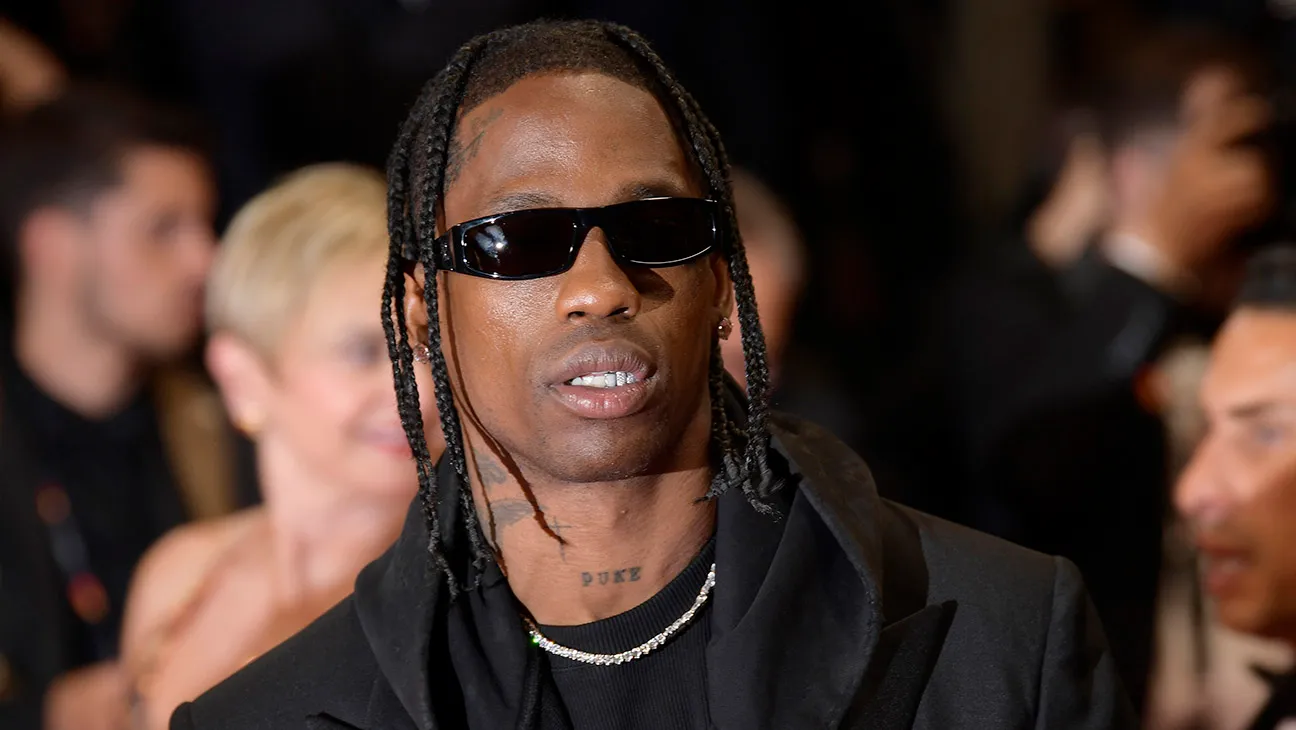In recent decades, hip-hop has evolved from an underground movement to a dominant force in the global music scene. Once confined to urban areas and niche audiences, the genre has ascended to the pinnacle of music charts worldwide. Artists like Tupac Shakur, The Notorious B.I.G., and Jay-Z paved the way, but today, hip-hop stars like Drake, Kendrick Lamar, and Travis Scott are defining mainstream culture. Hip-hop’s rise is not just about music—it represents a shift in cultural attitudes, influencing fashion, language, and social movements. But how did hip-hop move from the edges of the music world to its very center? Let’s explore the key factors that helped hip-hop take over the music charts.
1. The Evolution of Hip-Hop’s Sound
Adapting to Changing Tastes
From its inception in the 1970s, hip-hop’s sound was a blend of breakbeats, DJ scratching, and rhymes. As the genre progressed, it continued to adapt to new trends and innovations. The 1990s brought the rise of gangsta rap, thanks to artists like Dr. Dre and Snoop Dogg, while the 2000s saw the emergence of “trap” music, a subgenre that incorporated heavy bass and hi-hats. These sonic innovations allowed hip-hop to resonate with diverse audiences. The genre’s ability to evolve with the times, incorporating elements from pop, R&B, and electronic music, played a critical role in securing its place at the top of the charts. This continuous reinvention keeps hip-hop fresh and relevant.
2. The Rise of Streaming Platforms
Accessibility and Global Reach
Streaming services such as Spotify, Apple Music, and SoundCloud played a significant role in hip-hop’s dominance on the charts. These platforms allow listeners from all over the world to access their favorite hip-hop tracks at the touch of a button. With streaming, artists can reach a massive, global audience without needing traditional radio play. In fact, hip-hop consistently outperforms other genres in terms of streaming numbers. Tracks from artists like Post Malone and Travis Scott are streamed millions of times per day, further cementing hip-hop’s place in mainstream music. This accessibility has brought a new generation of fans, allowing the genre to spread across cultural and geographical boundaries.

3. The Influence of Social Media
Building Stars and Buzz Online
Social media platforms, including Instagram, TikTok, and Twitter, have been instrumental in shaping hip-hop’s chart dominance. Artists now have direct access to their fans and can promote their music to millions with just a few clicks. Viral challenges and dance trends on TikTok have turned hip-hop songs into global sensations almost overnight. Tracks like Lil Nas X’s “Old Town Road” owe their success to the virality of social media, helping the song climb the charts and break records. Hip-hop’s ability to connect with fans through memes, challenges, and behind-the-scenes content has also created an intimate bond between artists and their audiences, which traditional media has lacked.

4. Cultural Relevance and Social Commentary
Hip-Hop as a Voice for Change
Hip-hop has always been a platform for social commentary, and its ability to tackle issues such as inequality, police brutality, and mental health has further solidified its relevance in the music industry. Songs like Kendrick Lamar’s “Alright” and Childish Gambino’s “This Is America” are more than just chart-topping hits—they are statements that resonate with listeners on a deeper level. This ability to reflect and challenge societal norms allows hip-hop to stay connected with the pulse of cultural and political movements. As the genre continues to address the world’s issues, it maintains its position at the forefront of popular music, appealing to both existing fans and new listeners who seek meaningful art.


